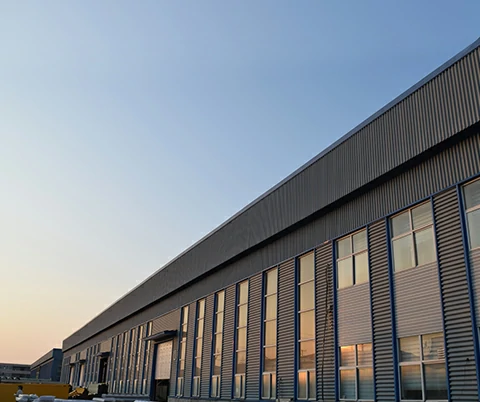loading...
- No. 9, Xingyuan South Street, Dongwaihuan Road, Zaoqiang County, Hengshui, Hebei, China
- admin@zjcomposites.com
- +86 15097380338
- Welcome to visit our website!
Advanced FRP Solar Structure Solutions for Enhanced Energy Efficiency
The Emergence of FRP Solar Structures A Sustainable Solution
As the world moves towards a more sustainable future, the demand for innovative materials and structures in the solar energy sector has significantly increased. Fiber Reinforced Polymer (FRP) has surfaced as a game-changing solution, offering several advantages that were previously unattainable with traditional building materials. With the growing emphasis on renewable energy sources, FRP solar structures are becoming increasingly popular in the design and implementation of solar energy systems.
Understanding FRP
Fiber Reinforced Polymer is a composite material made by combining polymer resins with reinforcing fibers, typically glass or carbon. This combination results in a lightweight, yet incredibly strong and durable material that possesses excellent properties, including high resistance to corrosion and lower thermal conductivity. Given its various benefits, FRP is outpacing traditional materials like steel and concrete in the construction of solar energy structures.
Benefits of FRP Solar Structures
1. Lightweight and High Strength FRP's lightweight nature allows for easier transportation and installation, reducing labor and equipment costs. Its high strength-to-weight ratio ensures excellent structural integrity, making it suitable for diverse environments and applications.
2. Corrosion Resistance Unlike metals, FRP is highly resistant to corrosion from environmental elements, chemicals, and moisture. This characteristic extends the lifespan of solar panel installations, thereby decreasing maintenance costs and enhancing the overall efficiency of solar energy systems.
3. Thermal Insulation FRP materials exhibit effective thermal insulation properties. This means that solar panels mounted on FRP structures can operate more efficiently in varying temperature conditions, which is particularly beneficial in regions facing extreme weather.
frp solar structure

4. Design Flexibility The versatility of FRP allows for innovative designs that can adapt to specific project requirements. Whether for rooftop installations or large solar farms, FRP can be molded into different shapes and sizes, offering architects and engineers creative freedom in design.
5. Sustainability The production of FRP can be undertaken with environmentally friendly practices, and its durability guarantees a lower carbon footprint over time. Moreover, the potential for recycling FRP at the end of its life cycle further aligns it with sustainable development goals.
Challenges and Considerations
Despite its many benefits, the widespread adoption of FRP solar structures is not without challenges. The initial cost of FRP materials can be higher than conventional options. However, considering the long-term savings in maintenance, transport, and installation, the overall lifecycle costs may ultimately prove more economical.
Additionally, educating stakeholders about the advantages and proper application of FRP is crucial for its increased adoption. Research and development within the field continue to evolve, paving the way for improved manufacturing techniques and cost reduction.
Conclusion
As the solar energy market expands, incorporating advanced materials like Fiber Reinforced Polymer will likely become pivotal in enhancing the efficiency and sustainability of solar infrastructures. With its unique properties, FRP solar structures not only offer innovative solutions to modern engineering challenges but also contribute significantly to the global transition towards renewable energy sources. Embracing these advancements will ensure the longevity and effectiveness of solar installations, ultimately fostering a cleaner and more sustainable future.
-
GRP Structures: The Future of Lightweight, High-Performance EngineeringNewsJun.20,2025
-
FRP Water Tank: High-Performance Storage for Corrosive and Clean Water SystemsNewsJun.20,2025
-
FRP Square Tube: The New Industry Standard for Chemical and Structural ApplicationsNewsJun.20,2025
-
FRP Pultruded Profiles: The Ultimate Choice for Lightweight Structural StrengthNewsJun.20,2025
-
FRP Handrails: The Safer, Smarter, and Stronger Choice for Modern InfrastructureNewsJun.20,2025
-
FRP Grating: The Smart Solution for Durable, Lightweight Industrial FlooringNewsJun.20,2025
-
Why Choose a Galvanized Water Tank for Your Storage NeedsNewsMay.21,2025
